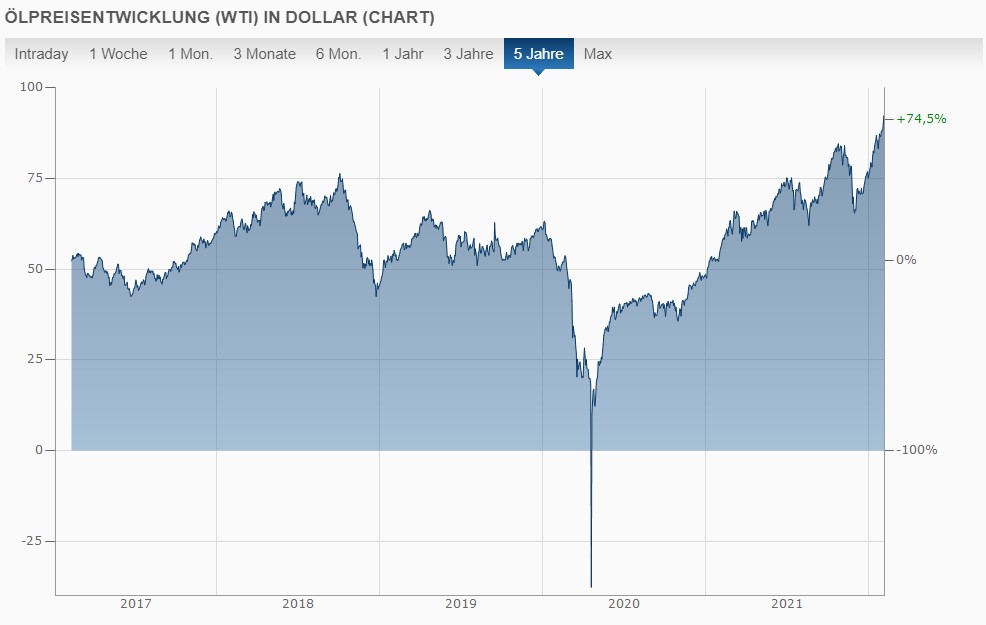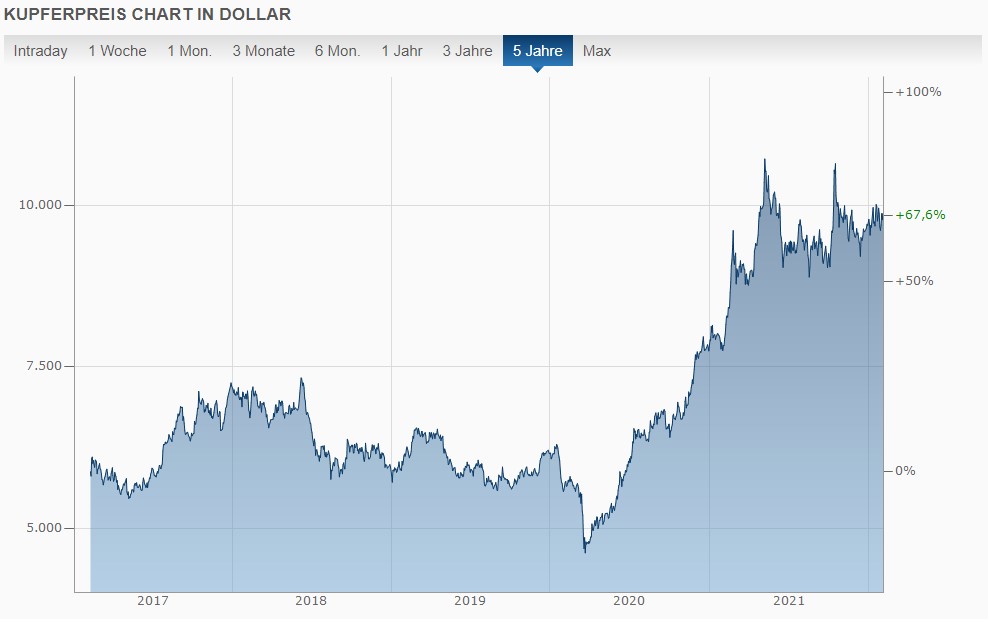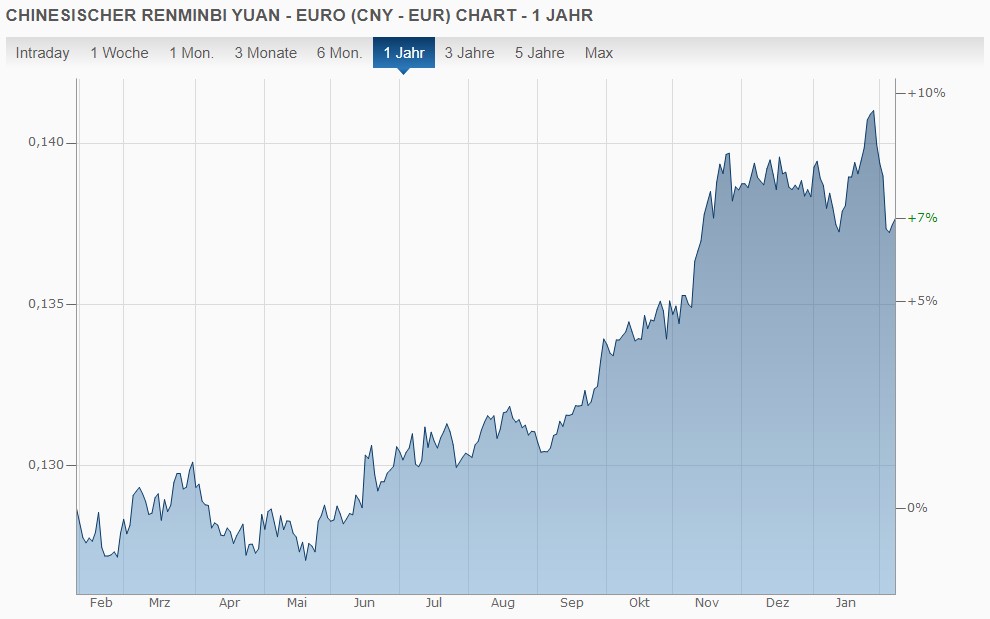Background to the current price increases in PCBs
Berlin, 8.2.2022
The past few months have been turbulent. Not only the ongoing Covid pandemic is keeping supply chains and logistics in suspense. The spectre of inflation has awakened and increases in raw materials and wages have left their mark on the electronics industry.
While the oil price was even negative for a short time at the height of the lockdown, today it is again above 90 USD. This was last the case in 2013. Not only the higher oil prices are causing the costs of shipping to rise. The sharp reduction in passenger aircraft due to ongoing travel restrictions, for example, has greatly reduced the capacity of the so-called "belly freight" (air freight transported in the "belly" of the airplane). The few free capacities are therefore expensive.

In addition to the increased transport costs, the costs for raw materials are also rising. The price of copper is higher than ever before. Aluminium is just below the maximum prices last paid in 2008. According to some estimates, epoxy resin prices in 2021 have also risen by an average of 50% compared to the previous year. The scarcity of basic material raw materials even led in some cases to auctions to the highest bidders, so that some PCB manufacturers simply no longer receive certain materials, or have to buy at enormously increased costs.

For goods manufactured in China, strong exchange rate increases in the Chinese Yuan (CNY) are also affected. The EURO has been in decline against the CNY for about a year and has lost up to 10% at its peak since January 2021. Goods from China will thus become considerably more expensive.

All these price increases do not leave their mark on printed circuit boards and electronics. Wherever possible, we will be happy to advise you on ways and means to reduce the increased costs as much as possible or to maintain old prices. In some cases, this is possible through sea-to-air split orders or rail freight, or through the acceptance of larger batches and thus other quantity scales. In general, however, it should be noted that price increases for printed circuit boards and electronics are unavoidable in most cases, even for long-term, existing projects.
The good news, on the other hand, is that delivery times at Leiton remain largely short. While some manufacturers, in Asia as well as in Germany, offer series with delivery times of over 100 working days, our delivery times are relatively low even with quantities around 100m² total area with ~30AT. Like all companies, we are exposed to cost pressure, but due to our long-term good partnerships, we can continue to be optimistic about the future, at least in terms of delivery times - Leiton will continue to be one of the fastest PCB suppliers.





